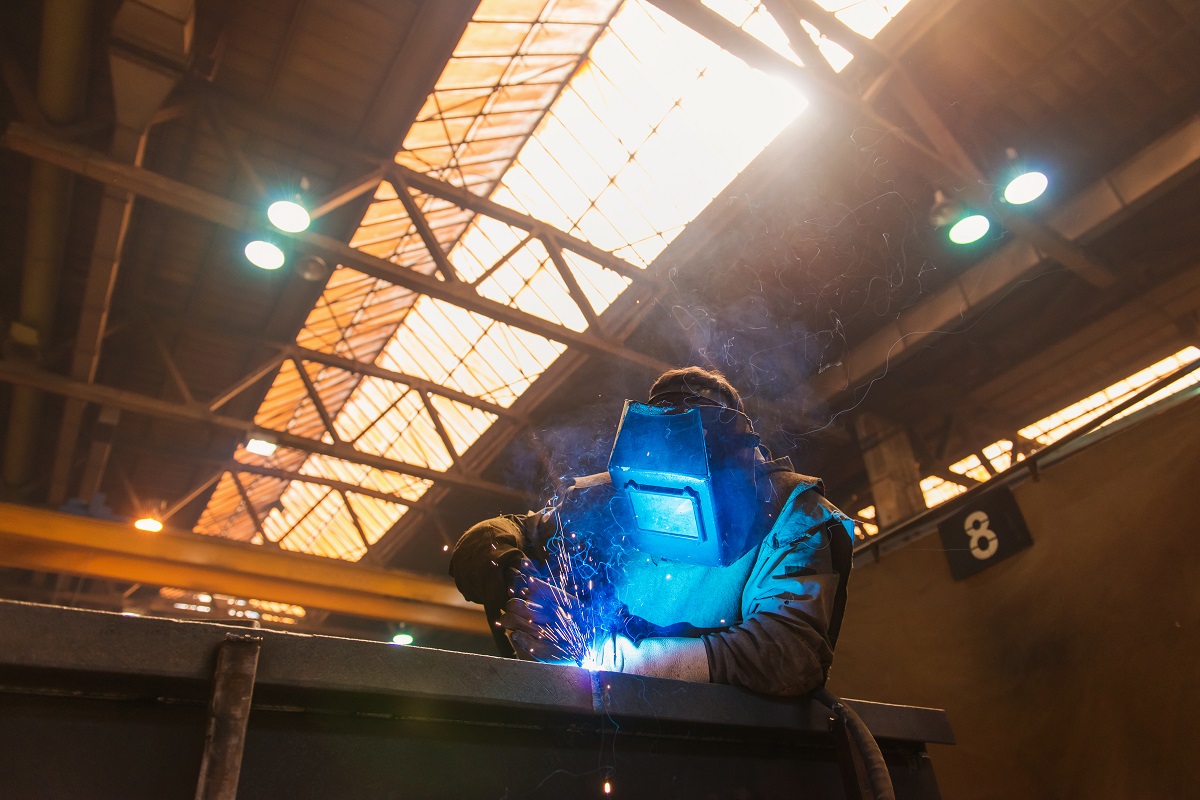Step-by-Step Guide to Preventing Weld Undercut in Different Metals
Step-by-Step Guide to Preventing Weld Undercut in Different Metals
Blog Article
Understanding the Art of Welding: Just How to Avoid Undercut Welding Issues for Flawless Construction Results
By recognizing the origin causes of undercut welding and carrying out effective techniques to avoid it, welders can raise their craft to new levels of excellence. In the quest of perfect construction outcomes, grasping the art of welding to avoid undercut issues is not just a skill however a requirement for those aiming for excellence in their job.
Comprehending Undercut Welding

To avoid undercut welding, welders must make certain proper welding parameters, such as changing the present, voltage, traveling rate, and maintaining the appropriate electrode angle. By recognizing the causes of undercut welding and implementing precautionary steps, welders can achieve premium, structurally audio welds.
Root Causes Of Undercut in Welding
Comprehending the variables that contribute to damage in welding is important for welders to create high-grade, structurally audio welds. Poor welding wrong or current welding rate can additionally contribute to undercut. Comprehending these reasons and implementing proper welding strategies can aid avoid damaging concerns, ensuring long lasting and solid welds.
Strategies to Avoid Undercutting

To alleviate the risk of undercutting in welding, welders can employ calculated welding strategies targeted at boosting the high quality and stability of the weld joints. One effective technique is to adjust the welding parameters, such as voltage, present, and take a trip rate, to make certain proper heat input and deposition. Maintaining a suitable electrode angle and making sure constant travel speed can also assist stop undercut. Furthermore, utilizing the right welding method for the certain joint setup, such as weave or stringer beads, can add to minimizing undercutting. Preventing weld undercut.
Employing back-step welding strategies and managing the weld bead profile can additionally help disperse warmth evenly and lessen the risk of undercut. Routine examination of the weld joint during and after welding, as well as carrying out top quality guarantee steps, can assist in spotting and attending to undercutting concerns promptly.
Significance of Appropriate Welding Criteria
Selecting and maintaining proper welding criteria is important for accomplishing effective welds with marginal issues. Welding criteria refer to variables such as voltage, current, travel speed, electrode angle, and protecting gas circulation price that directly affect the welding procedure. These criteria must be carefully adjusted based upon the type of material being welded, its thickness, and the welding strategy employed.
Appropriate welding criteria ensure the right amount of heat is related to melt the base steels and filler product evenly. If the criteria are established too expensive, it can cause excessive warm input, triggering burn-through, distortion, or spatter. On the other hand, if the parameters are too reduced, incomplete combination, absence of penetration, recommended you read or undercutting may occur.
High Quality Guarantee in Welding Workflow

Final Thought
To conclude, understanding the art of welding needs a complete understanding of undercut welding, its causes, and techniques to stop it. By making certain appropriate welding parameters and applying quality control methods, flawless manufacture results can be achieved. It is necessary for welders to regularly make every effort for quality in their welding operations to stay clear of undercut issues and generate top notch welds.
Undercut welding, a common issue in welding processes, takes place when the weld metal does not correctly load the groove and leaves a groove or anxiety along the bonded joint.To avoid undercut welding, welders need to guarantee correct welding parameters, such as changing the existing, voltage, travel speed, and keeping the original source the appropriate electrode angle. Poor welding wrong or present welding rate can additionally contribute to damage.To minimize the risk of undercutting in welding, welders can use strategic welding methods intended at boosting the quality and stability of the weld joints.In final thought, understanding the art of welding requires a complete understanding of undercut welding, its reasons, and techniques to prevent it.
Report this page